We thank our subscribers for bearing with the hiatus in food-delivery during what is typically the pinnacle of vegetable production so that your farmers could go on a fishing expedition out west for a view of the “great American eclipse” (a term which slightly irritates me). The last time we missed a late-summer delivery was when Erin and I got married in 2011. Best that these interruptions are kept to a minimum if for no other reason than that they double-up the harvesting work in the adjacent weeks.
Not that you missed much.
The cool and cloudy summer of 2017 has slowed a number of our normally most reliable producers to a crawl. Sweet corn is roughly two weeks behind in ripening as are most of the peppers which have been hanging green for a month waiting for enough light and heat to set the sugars (and colors) in their flesh. Melons, cucumbers and both winter and summer squash are running anywhere from one to three weeks behind. Tomatos have been positively glacial in their fruit-set and ripening, the vines struggling ever since their planting-out into the sticky, rain-drenched soil of May. Excessive follow-on rains in June further compacted the soil around their roots and blocked-out needed sun; July's additional eight inches provided perfect conditions for the blights which so love tomato foliage.
We've barely managed to eek out tomatoes this season, though peppers and potatoes appear to grow no matter the heat. Photo by Rob McClure
Beans have also struggled this year from soil-compaction and out-washing during planting-time – perhaps fifty or sixty percent of our seed actually turned up as adult plants. Additional losses occurred during a bout of hail that accompanied one of the June thunderstorms, punching sizeable holes through many of the developing leaves. A clever rabbit – which managed to find its way inside the fence several weeks ago -- has also manifested an outsized appetite for this crop, leaving the shares a paltry pound or so when three to five would be closer to normal by now. The animal has become invisible ever since I began carrying my air-rifle to the garden, no doubt enjoying a good laugh from the safety of the dense summer foliage which has overtaken the rhubarb and asparagus. Its predation on the beets and carrots has been a more occasional, though still destructive, menace which we've mitigated, if smally, by means of row cover. Potatos may be the single stand-out vegetable crop this year, though onions are also looking reasonably productive (I will say that with greater surety once they're safely cured and in storage).
Zestar apple ripening on our young tree. We are just starting to harvest the rewards of planting apple trees 2 - 3 years ago. Photo by Erin Schneider
But what our vegetable patch has lost to cloud-cover and rain this summer has been made-up for by our orchard: saskatoons, currants and aronia all fruited at near-record levels, turning-up in five of the first 14 shares. Excess water was certainly no detriment to the currants and aronia, turbo-charging their fruit-production and softening what can be a sharpness and astringency in their natively tart tastes. Kiwi, pear and quince harvests also look bountiful, with apples – always a bit of a wild-card given their pest issues – on track as well. So we hope to load-down the last five or six shares with generous amounts of fruit, but all will need a little bit more sun and heat to sweeten properly, so we'll cross our fingers.
Oh yes; and for its part eclipse 22 of Saros Cycle 145 was spectacular and astonishing, its two minutes and 37 seconds surely worth the two days of travel that were necessary to see it – worth even the cosmic-scale traffic jam that slowed our return through rural Nebraska to a crawl for much of the ensuing afternoon.
Befitting an eclipse occurring during the summer of 2017, its viewing required no less than 700 miles of westward travel in order to evade the enormous blanket of cloud-cover darkening the upper midwest.
- RM
Flowers have been making up for the lack of sunshine this season. Photo by Erin Schneider




